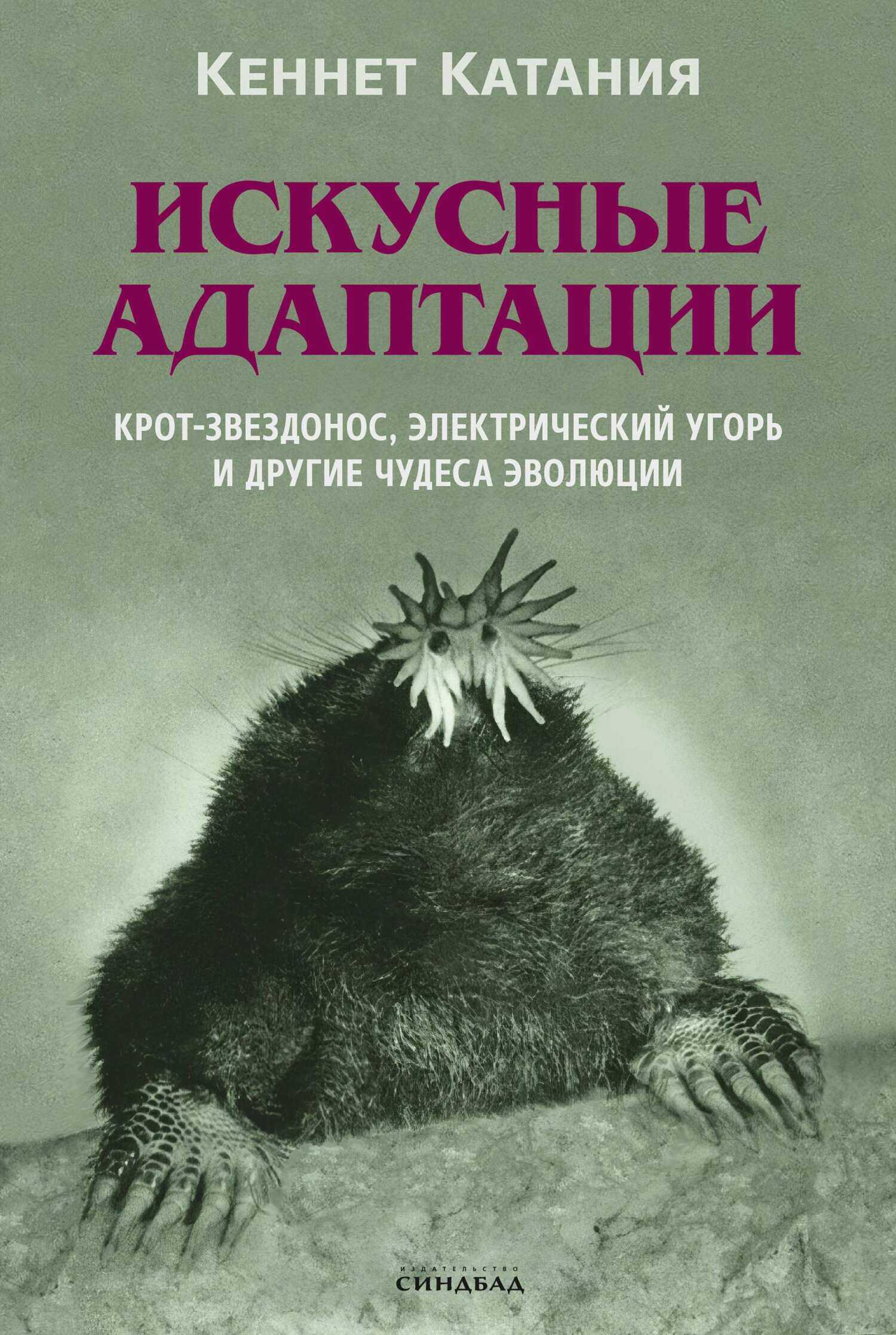Шрифт:
Закладка:
Многие животные обладают экстраординарными способностями: например, у крота-звездоноса на морде есть сверхчувствительные отростки, которые помогают мгновенно находить добычу, а электрический угорь парализует жертву ударом тока. Биолог Кеннет Катания рассказывает о некоторых из самых удивительных созданиях природы. Он проливает свет на загадочное и жутковатое поведение щупальценосных змей, крошечных землероек, изумрудных ос и других животных и показывает, как изучение самых странных существ дает понимание эволюции и как научные открытия могут сопровождаться приключениями и весельем.Катания объясняет, для чего звездоносу нужны столь странные отростки на морде и что это говорит нам о работе мозга в целом. Он показывает, как щупальценосная змея прибегает к коварству, заставляя рыбу заплывать прямо ей в пасть, как электрический угорь использует электричество для «дистанционного управления» другими животными и как изумрудные осы зомбируют тараканов. Он ракрывает тайну «заклинания червей» (традиционного способа выманить дождевых червей из почвы), объединив усилия с профессиональными заклинателями. Катания говорит о важности непредвзятого подхода к научным исследованиям, отдает должное вкладу ученых-любителей и объясняет, что невероятными скрытыми способностями на самом деле обладает большинство животных.Эта книга – захватывающее погружение в грандиозные замыслы природы.





